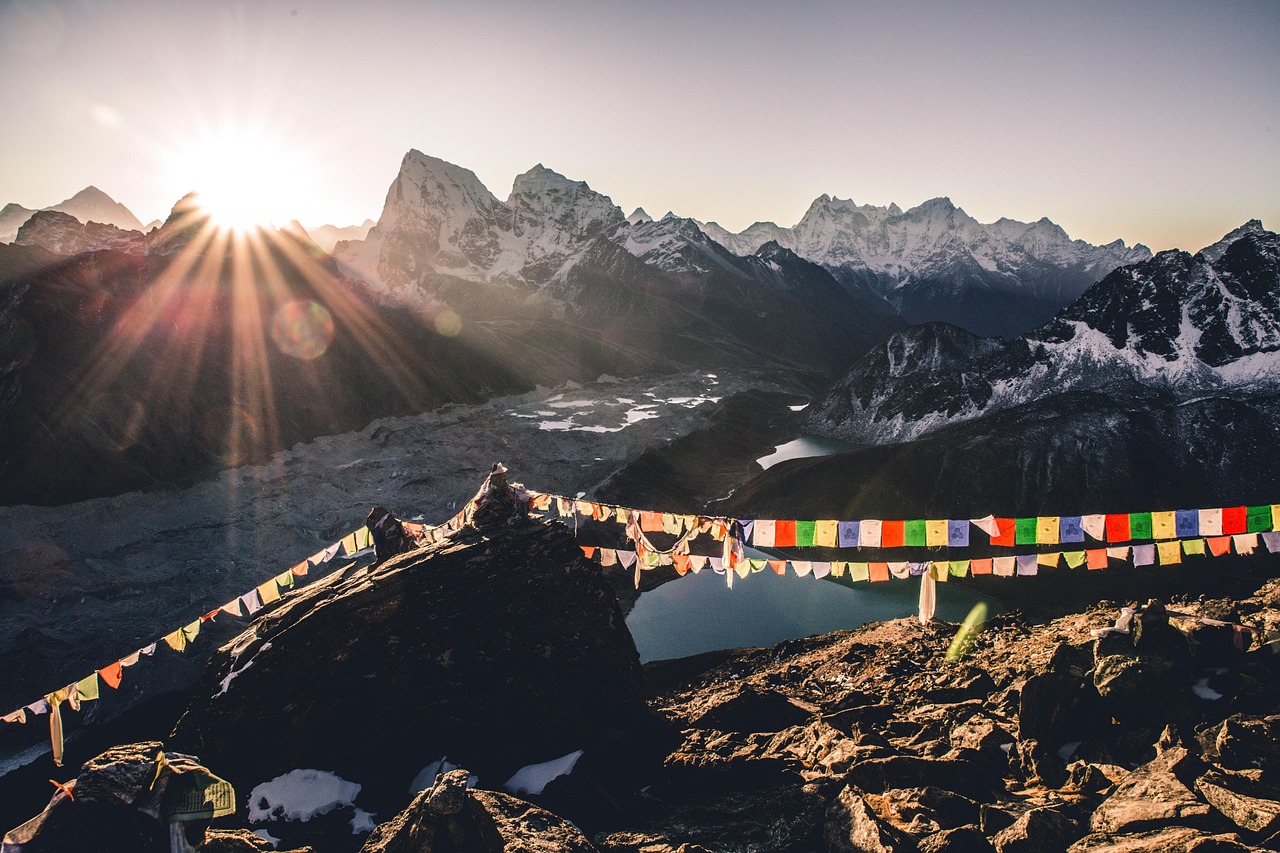
Everest Region Tour
Overview
Mount Everest (known as Sagarmatha in Nepali and Chomolungma in Tibetan) is the highest mountain on Earth, standing at 8,848.86 meters (29,031.7 feet) above sea level. It is located in the Khumbu region of Nepal, which is part of the larger Himalayan Mountain Range. This awe-inspiring peak, revered by locals and mountaineers alike, has attracted adventurers from around the world who seek to reach its summit, despite the extreme challenges it presents.
Sagarmatha National Park:
Sagarmatha National Park is a UNESCO World Heritage Site that encompasses Mount Everest and its surrounding valleys. The park covers an area of approximately 1,148 square kilometers (443 square miles) and is rich in biodiversity and cultural heritage. It is home to various ecosystems ranging from lush subtropical forests at lower elevations to alpine meadows and glaciers at higher altitudes.
The park is not only known for its natural beauty but also for its cultural significance. It is the ancestral homeland of the Sherpa people, an ethnic group renowned for their mountaineering skills. Their villages, monasteries, and temples are scattered throughout the park, providing visitors a glimpse into the unique culture of the region.
Khumbu Himalaya Range:
The Khumbu Himalaya Range refers to the section of the Himalayas located in the northeastern part of Nepal, and it includes several notable peaks, with Mount Everest being the highest and most famous. This range is part of the greater Himalayan Mountain Range that stretches across five countries: India, Nepal, Bhutan, China, and Pakistan.
In addition to Everest, the Khumbu region features several other prominent peaks such as Lhotse, Makalu, and Nuptse. The Khumbu Icefall, Khumbu Glacier, and other glaciers in the region are famous for their stunning yet treacherous landscapes, attracting mountaineers and trekkers.
History and Exploration:
The history of Mount Everest is intertwined with the stories of numerous expeditions. It was first identified as the world’s tallest peak in the 19th century by British surveyor Andrew Waugh. In 1953, the iconic first successful ascent was made by Sir Edmund Hillary from New Zealand and Tenzing Norgay, a Sherpa of Nepal. Their achievement cemented the mountain’s place in history.
The region’s mountaineering history continued to evolve with numerous expeditions, many of which faced tragic events due to the dangers of high-altitude mountaineering. The difficult terrain, the unpredictability of weather, avalanches, crevasses, and the effects of altitude sickness have all claimed lives, yet continue to drive the spirit of exploration and discovery.
The Khumbu region and Mount Everest also have religious and cultural significance. The Sherpa people, who are primarily Buddhist, believe the mountain is sacred, and their spiritual practices and rituals play an important role in expeditions. The Everest Base Camp has become a popular trekking destination, where thousands of trekkers travel every year to witness the majestic beauty of the mountain and experience the culture of the region.
Modern Times:
Today, Mount Everest continues to be a popular destination for mountaineers, trekkers, and adventure enthusiasts. However, the growing number of climbers and trekkers has raised concerns about environmental impact and the preservation of the region’s fragile ecosystem. Efforts are being made to manage tourism sustainably while respecting the cultural and natural heritage of the Khumbu Himalayas.
In conclusion, Mount Everest, Sagarmatha National Park, and the Khumbu Himalaya Range are not only natural wonders but also deeply intertwined with human history, culture, and adventure. They continue to inspire awe, admiration, and reverence from people across the world..jpg)
